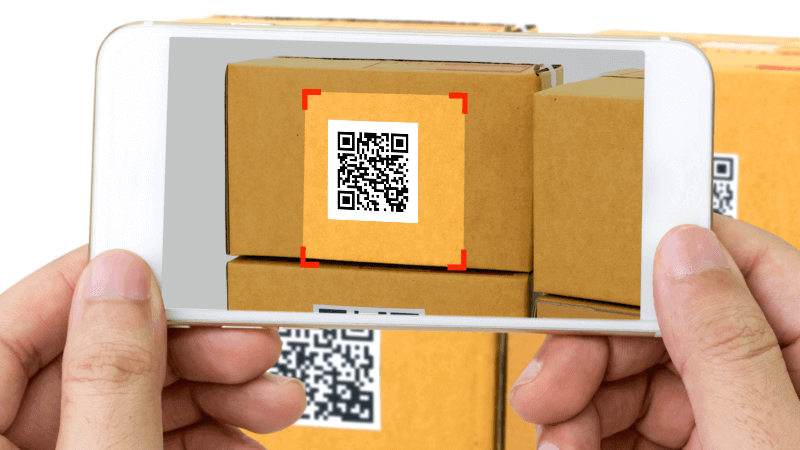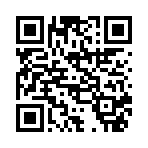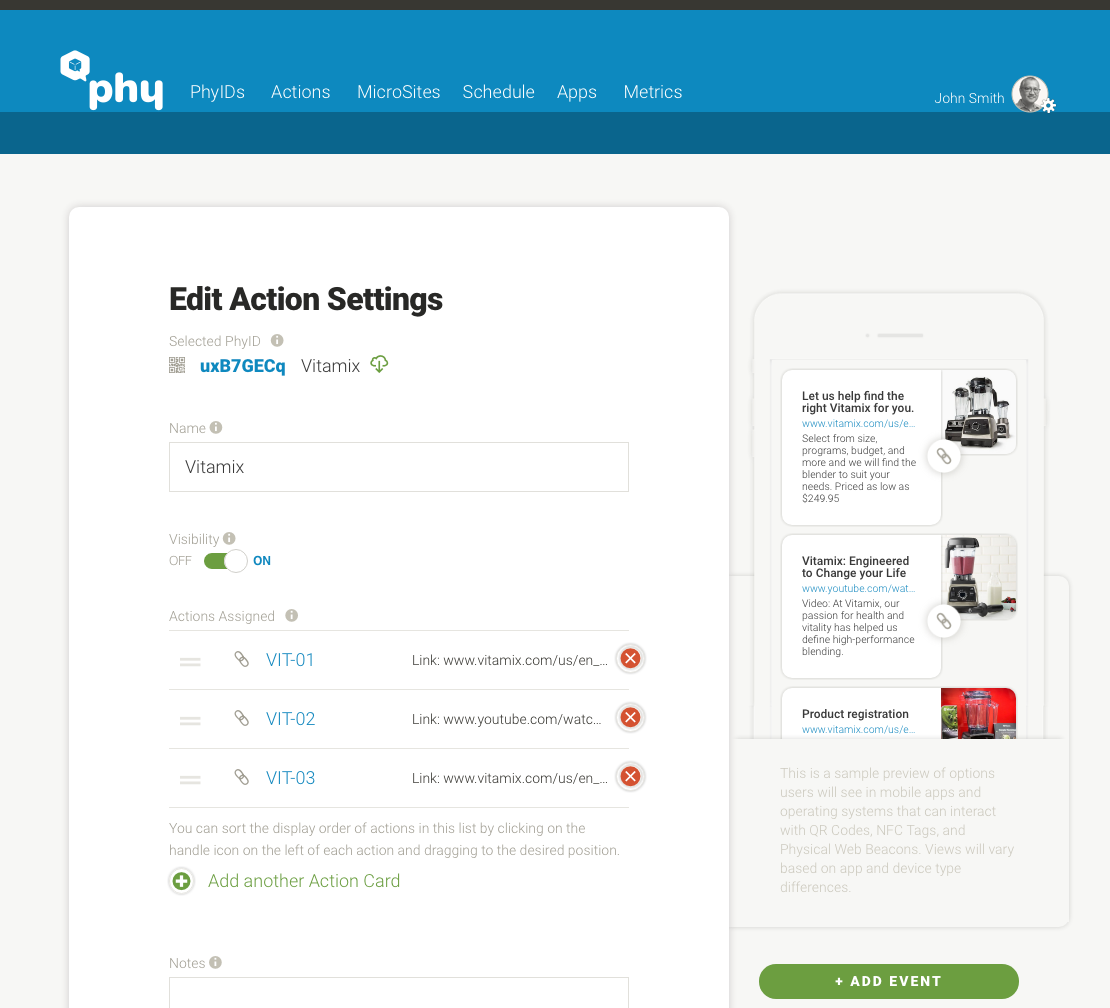Phy’s new platform generates dynamic landing content from standard QR codes
Moving on from the Physical Web, the Nashville-based company is trying to make QR codes into a more flexible marketing tool.
Phy is out today with a new QR-based platform for dynamically generated pages of linked previews.
Called Multi-Action QR Codes, it employs standard QR codes that can be read by any regular QR scanner. QR scanning has become a widely available capability, native in the camera app for Apple devices, and it is found inside several popular social apps, including Facebook, Snapchat, Pinterest and Twitter.
Phy is the new name for BKON Connect, which previously had been focused on the Physical Web. In the Physical Web, real-world beacons supporting Google’s Eddystone URL protocol could, for instance, broadcast a link so that a customer standing outside a restaurant could see the menu for the restaurant on her smartphone. Unlike standard beacons, no app was needed.
But when Google announced last November it was dropping support for the Physical Web in its Chrome browser, the Nashville-based company shifted much of its attention to QR codes.
“Beacons wirelessly broadcast URLs,” BKON Connect/Phy CEO Richard Graves told me at the time via email. “QR codes do so visually (…). Other than the input modality, there is no difference between them. Further, [QR codes] do a better job of letting users choose when and what information they want.”
A standard QR code, when scanned by a smartphone through an app, generates one URL that leads to a mobile webpage. Scanning a QR code on a box of cereal, for instance, would take the customer to a mobile webpage about that cereal. Graves described this as a “blind link,” since the user doesn’t usually know in advance where they’re being taken and doesn’t have any choice after the scan.
When a QR code that utilizes Phy’s Multi-Action QR platform is scanned, “the experience is like local search,” Graves said, in that the scan generates a results page. The QR code still delivers one link, but instead of resulting in one fixed landing page, the user sees a preview page with a series of previews with links. Here’s a QR code to scan that shows the preview page:
And here’s the resulting preview screen, in this link or as shown on a smartphone:
Each preview can contain text, a static image or a video, and the link or a button in each preview could result in an action — sending an SMS text message, launching a pre-populated email, taking the user to a “buy” screen or generating some action in an Internet of Things device, like lighting up a Net-connected sign.
The previews are modular objects, each specified in the Phy platform according to a rules-based engine, and each generated on the page in the order and with the content and function that the marketer has specified for the context of a given QR. Here’s a screen shot from the Phy dashboard:
A movie theater chain, for instance, could generate a “now playing” preview module whose text, movie trailer and buy button resulting from a QR scan in a newspaper depends on where the scanning smartphone is and the day of the week. Up to 20 linked previews can be supported on one preview page.
Graves points out that marketers using standard QR codes only know if the QR has been scanned, and otherwise there’s no feedback on user preferences. By contrast, he said, Multi-Action QRs measure impressions from the previews and engagement from the clicks as well as scans, showing marketers what interests users. Phy doesn’t charge for scans, impressions or QR codes, only for clicks.
While it’s possible to build a landing page from a traditional QR scan that similarly includes multiple previews with links, Phy notes that its platform generates the previews based on context, such as location. Additionally, once built, a preview module can be reused in many pages with different content and actions, and replacing one preview replaces it across all the landing pages where it appears.
“Traditional landing pages simply deliver content,” Graves said, “while the Phy platform manages conversational experiences.”
Contributing authors are invited to create content for MarTech and are chosen for their expertise and contribution to the search community. Our contributors work under the oversight of the editorial staff and contributions are checked for quality and relevance to our readers. MarTech is owned by Semrush. Contributor was not asked to make any direct or indirect mentions of Semrush. The opinions they express are their own.
Related stories


